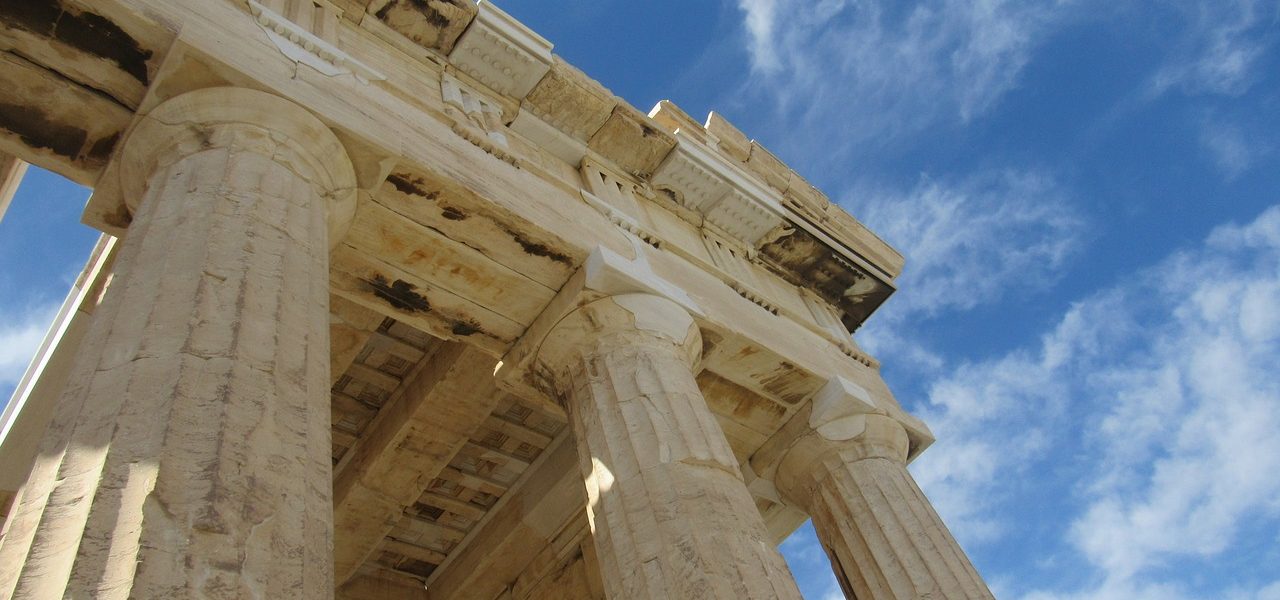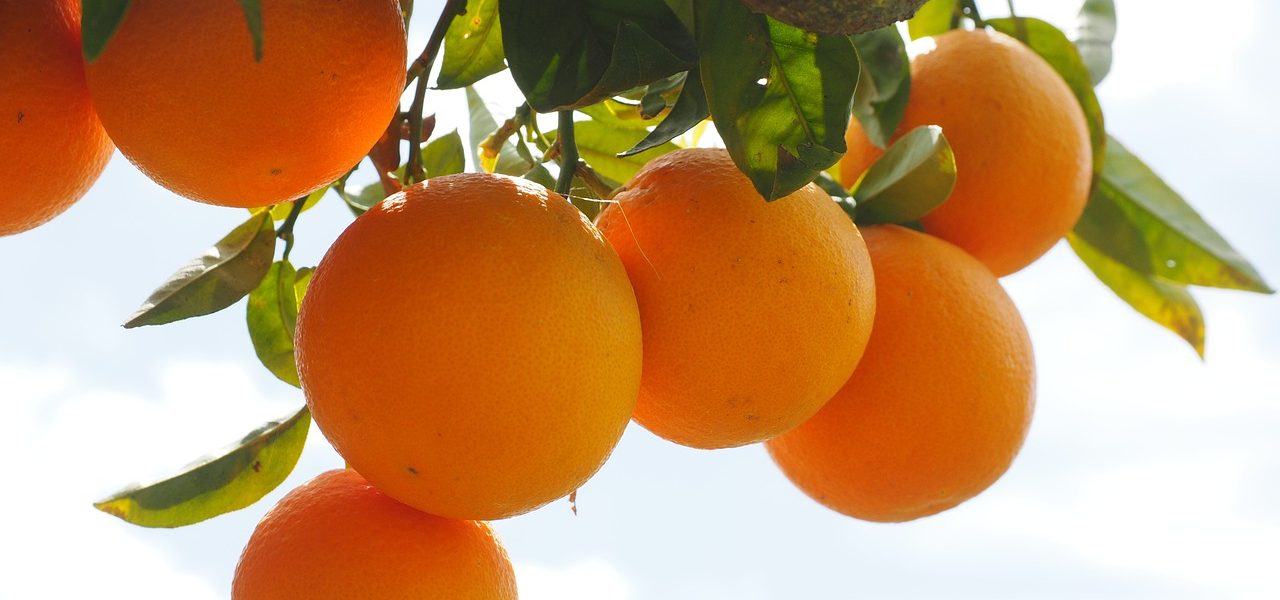Home › Forums › General History Chat › Food and the Last Supper paintings
- This topic has 5 voices and 11 replies.
-
AuthorPosts
-
March 23, 2010 at 4:59 pm #2038
 PhidippidesKeymaster
PhidippidesKeymasterPerhaps not earth-shattering news, but interesting nonetheless:
The food in famous paintings of the meal has grown by biblical proportions over the last millennium, researchers report in a medical journal Tuesday.Using a computer, they compared the size of the food to the size of the heads in 52 paintings of Jesus Christ and his disciples at their final meal before his death.
Study: Last Supper paintings supersize the foodThis information is interesting to hear, but probably not all that surprising. Artists respond to a variety of influences and try to convey any variety of messages, and this was very well manifested in the depicted size of the food. There are different themes which could be stressed in a Last Supper image, and things like food size, the arrangement of figures, colors, setting, etc. might all change depending on the theme.
March 23, 2010 at 10:08 pm #19692DonaldBaker
ParticipantThis goes over my head. What is the message of larger food?
March 23, 2010 at 11:32 pm #19693 skiguyModerator
skiguyModeratorThis goes over my head. What is the message of larger food?
My guess is either wealth or because God provides plenty or perhaps multiplies the food?
March 24, 2010 at 8:07 am #19694 PhidippidesKeymaster
PhidippidesKeymasterWell, for example – food might be smaller because the focus of the painting is more on the betrayal of Christ or on the new mission of the Apostles, or larger if the focus is on the doctrine of the Eucharist. It could also change based on non-thematic grounds. For example, if the size of plates in general changed over the course of 1000 years (which they probably did), the plates in the paintings will also likely change to reflect the painters' surroundings.
March 24, 2010 at 1:04 pm #19695 WallyParticipant
WallyParticipantThese examples seem logical to me.
March 24, 2010 at 8:32 pm #19696DonaldBaker
ParticipantI think we're dealing with Art Calculus here. Way too complicated for me.
March 25, 2010 at 12:42 am #19697 PhidippidesKeymaster
PhidippidesKeymasterI think we're dealing with Art Calculus here. Way too complicated for me.
Eh? Surely you can see the rationale behind using art as "propaganda" (though that word probably has an overly negative connotation) to achieve a certain end. For example, without knowing anything else about these paintings, which of the following do you think might have been commissioned to communicate a message about the divinity of the Eucharist? And which time period would that message have been more emphasized within the Catholic Church? Based on that, what date do you think it was painted (say within 50 years)? I bet you can make a good guess based on what you already know.
March 25, 2010 at 1:48 am #19698 skiguyModerator
skiguyModeratorI like when you do these art quizzes. 😀
March 25, 2010 at 2:02 am #19699 PhidippidesKeymaster
PhidippidesKeymasterI like when you do these art quizzes. 😀
I hope I don't offend anyone with my Socratic methods.... 😮
March 25, 2010 at 8:54 am #19700 scout1067Participant
scout1067ParticipantThe second painting and around 1650. 🙂
March 25, 2010 at 9:16 am #19701 skiguyModerator
skiguyModerator2nd, 1470
March 26, 2010 at 11:48 pm #19702 PhidippidesKeymaster
PhidippidesKeymasterYes – it was the second one, which dates to the 1560s (the painting is now in the Prado in Madrid). This was around the same time the Counter Reformation Council of Trent ended (I believe in 1563) after going on for about 17 years, and so I would imagine that art of the time was used to reinforce the doctrine that was enunciated at Trent.
March 30, 2010 at 1:03 am #19703 WallyParticipant
WallyParticipantNote to all… thias topic just hit my daily disappointment… WCF is really ahead of the curve! cheers, to one and all!
-
AuthorPosts
- You must be logged in to reply to this topic.


